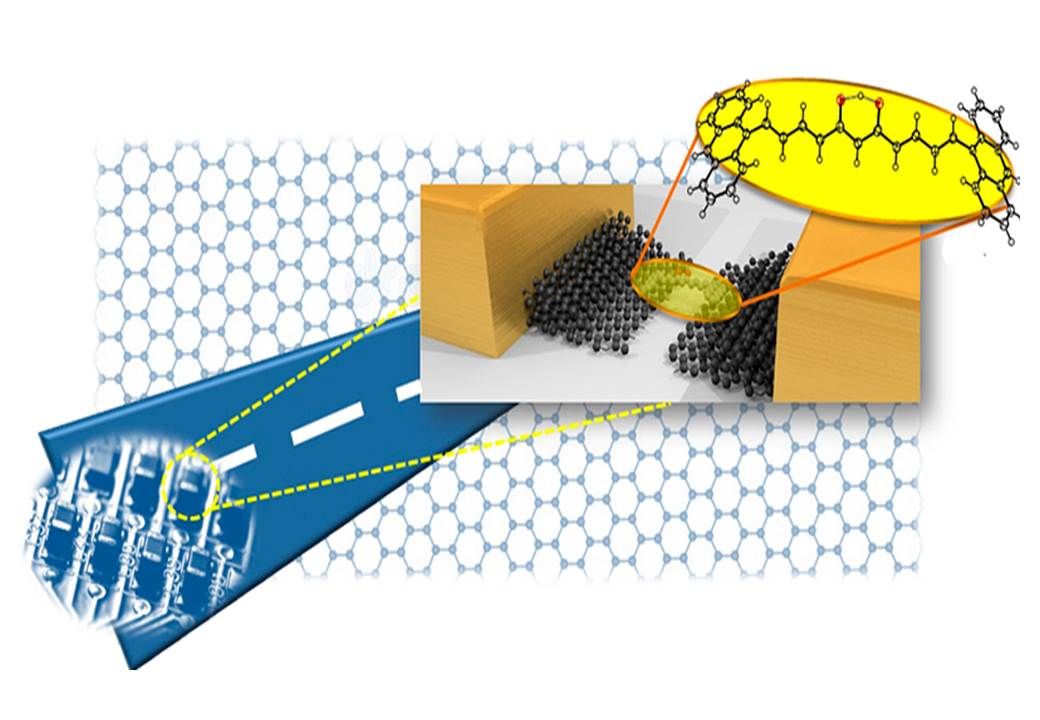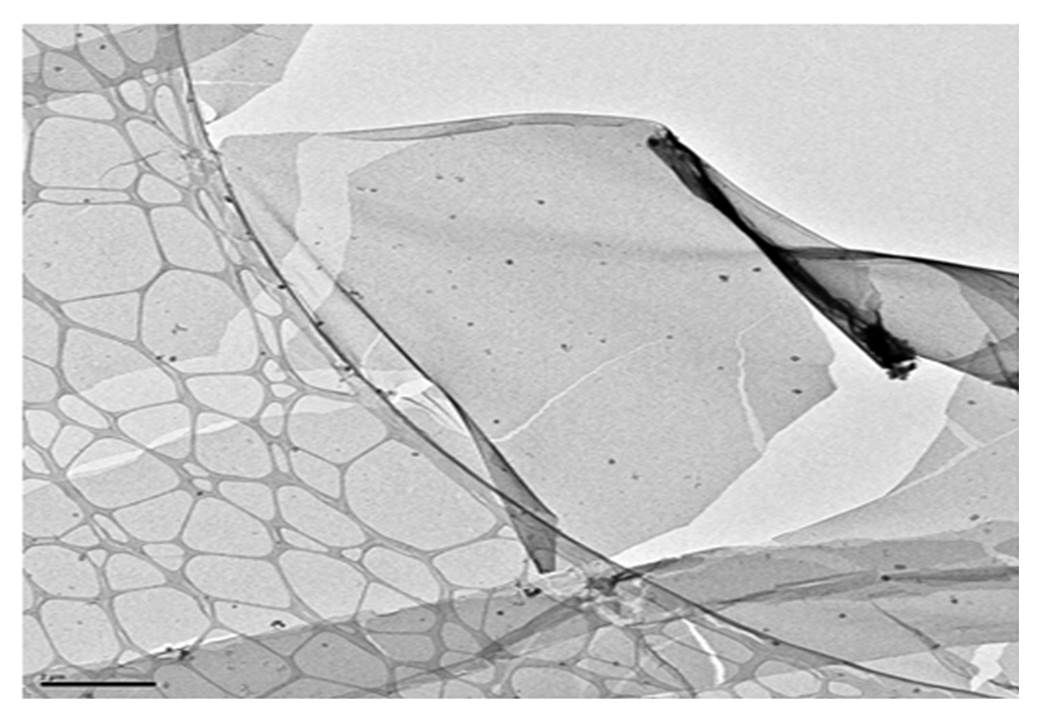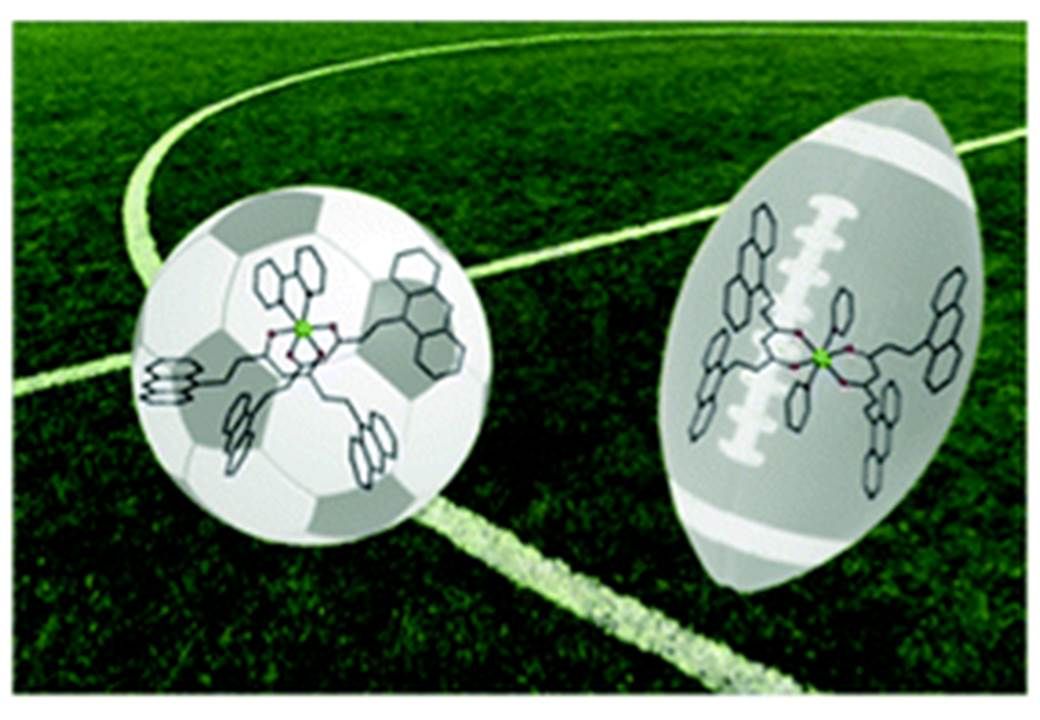

Research Lines
Development of active molecular-based components for electronic nanodevices (Tmol4TRANS)

A main project in the group is the creation of advanced molecular systems that can be accomodated (hence, be inserted) within graphene electrodes toward the creation of robust hybrid three-terminal nanodevices. My view involves the synthesis of the desired molecules (curcuminoid (CCMoids)/porphyrinoid (PPDS) in nature), their characterization in bulk (solid state and studies in solution) and deposition on graphene electrodes. In a first stage such systems can act as nano-wires, capable exclusively of electronic transport however, coordination of such systems to metallic centers can provide additional propertie highly interesting in spintronics toward the creation of switches and memory nanodevices.
Our goal is the control of the properties and study of deposition of such molecules having as a final step the I-V measurements of the final nanodevices. With this in mind, we collaborate with international groups (STM, MCBJ and BJ techniques) and perform the measurements ourselves by the use of a cryogenic probe station.
This project is linked to an ERC-consolidator Grant (Acronym: Tmol4TRANS).
Development of Highly Dimensional Molecular-based Materials

A major aim of crystal engineering and supramolecular chemistry is the rational synthesis of metallo-aggregates and self-assembled systems with new functions based on novel magnetic properties, light responsiveness, biomedical applications, catalytic activity, fluorescence, or redox properties, among others. These useful and interesting properties may lead to the application of such assemblies, as for example: in sensors, compact information storage devices for next-generation computers, catalysts in industrial processes and medical applications (such as implants, contrast agents for CAT scans,…).
The goal here is the design, synthesis and characterization, with a strong emphasis on the material properties, of these novel species. This approach involves the specific combination of polydentate ligands (curcuminoid (CCMoids)/porphyrinoid (PPDS)) that can accommodate a number of metallic/metalloid centers, providing interesting optic and/or electronic features. Additional bridging ligands may also be used to facilitate the creation of different architectures (1D (chains), 2D (layers) and 3D (MOFs, coordination polymers).
Considering this major aim, our projects include detailed spectroscopic characterizations of the final species by advanced techniques (SQUID, EPR, NMR, electrochemistry, fluorecence studies, …) as well as deposition in different surfaces/electrodes (functionalized or not, Au, graphene, Si/SiO2, using different techniques as for example µ-CP, micro-contact printing) of the final species, then studies of the created substrates (AFM, TEM, SEM, STM, XPS,…) and electronic/optical final properties (creation of three-terminal devices, confocal microscopy, etc).
—
Development of Magnetic Molecular Systems

Closely related to nanotechnology, many promising advanced materials are based on magnetic principles. At the nanoscale such features can be related to the paramagnetic behavior of coordination compounds (0D). Therefore, a most challenging project is the development of organic-inorganic hybrid materials, with emphasis in such property.
Here, I am interested in develop materials with 3d/4f centers with emphasis in the control of coordination of such systems, their magnetic characterization and nano-structuration. Regarding the last part, coordination molecules are soft-materials and it is crucial to determine the optimal deposition method/s toward the creation of robust systems.
The design, characterization and study of properties of such systems are closely related to the techniques described in the other lines. Overall. the three lines unify in the general idea of making functional materials based on molecules taking advantages on the properties of the organic ligand (curcuminoid (CCMoids)/ porphyrinoid (PPDS)) and/or the metallic center.
—




